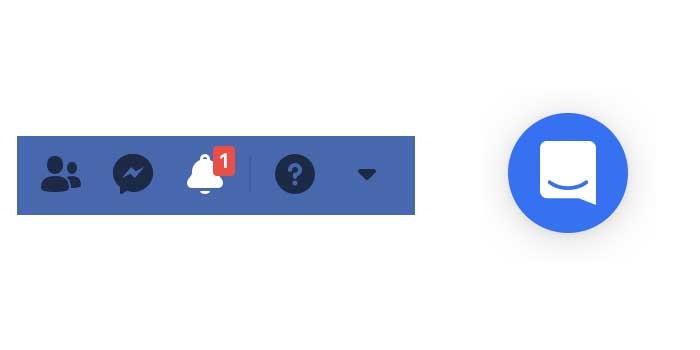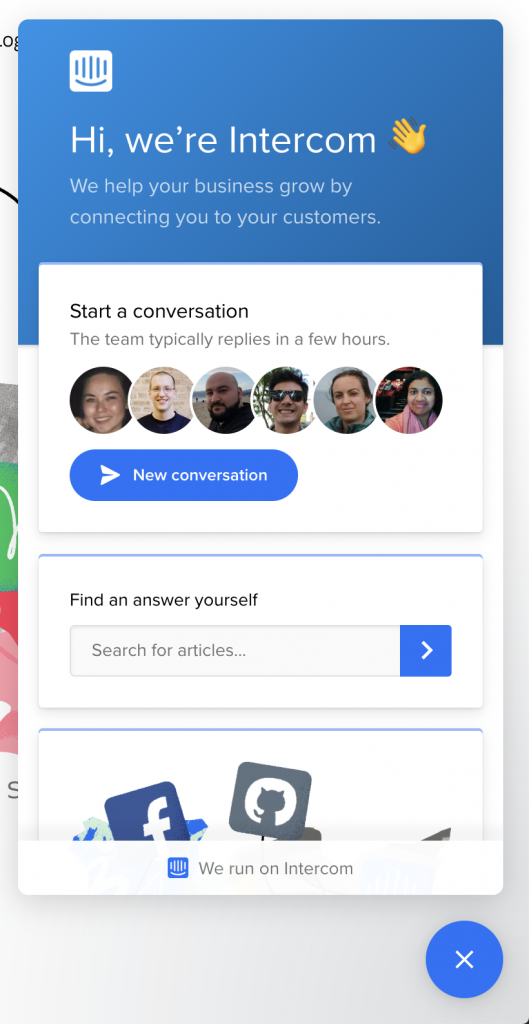Ideas are not original.
DISCLAIMER: This post is not number-dense, mathematical or scientific. If the mere thought of talking about feelings is making you wince, you’d be better off leaving now.
Ideas can come from the subconscious and you’d think “I came up with it” — no, something inspired you, most likely.
If all of us were to give credit (all the time) for ideas, THEN we’d live in that kind of world where ideas matter more than execution — nature has shown me and a multitude of other people that it’s not all about the idea. Sure, it matters… but it’s not everything.
That’s abstract speaking. I’ll come back to it later. Now, how do you create a new experience?
First of all, before we start…
Oh? What is it? Is experience a word that everyone has their own definition of? No worries, here’s my entry in the glossary at the day of writing:
Experience
/ɪkˈspɪərɪəns,ɛkˈspɪərɪəns/
the reverse-engineering of the totality of features, content and stimuli that a user submerges itself into, which results in:
1. them manifesting a variety of feelings towards the company/product
2. adding to the process of brand equity building
3. keeping users engaged into the created realm.
What will I (or my business) get out of creating an experience?
If there is enough value given out, the user’s perception about this will be amplified — that’s higher CLV.
Once it “clicks” for users, some neurochemicals are released once they interact with the product — that’s increased user retention, decreased user churn.
Once they feel something, they are increasingly more likely to share it with people — word of mouth.
You (the company) talking to everyone — not good.
You talking to someone very specifically — very good.
You talking to someone very specifically, they are impacted in a stronger manner and then they talk to others who are outside their tribe? Perfect and scalable. That translates to more leads.
When time has passed and this experience has started doing its duty, it automatically translates to one of the healthiest stat:
Increased Monthly Recurring Revenue.
How do I go about it?
Maybe you don’t need to create a new experience
It is very likely that you have to add on top of what is already there in order to establish something worth sharing. More often than not, starting from 0 means taking more time to get to that desired future state.

Here’s what I’d do
I’d start by putting down on paper the desired future state. Yes, you’ve heard that before — but it was in the context of yourself.
Who’s the experience for? Your user.
The purpose of this is not to just acknowledge what the product does for her.
When you’re acknowledging what feeling is there for the user, you’re reverse-engineering their behaviour. Once you understand that, the solution for this will be flexible so that it can solve different problems: CLV, MRR, user churn etc. — whatever it is. Does that sound hard? It is if you go directly at it. Here’s how I’d go about it.
Introspection.
I’d look very closely at when I felt that specific thing that I’m looking to build and write it down. As many instances as possible — and not just for 2 minutes. For as long as you can go.
Why would you do that? Once you have them in front of you, bits and pieces will be mixed and matched so that you come up with new ideas. Sure, some of them will suck but that shouldn’t be a drawback.
This is why I started the post with the discussion around ideas. Putting successful instances in front of you will facilitate your new “hybrid idea” that will work for your product and your product only.
Practically speaking
I think these two have a very impactful “reward system” created. Every time I see them, they are very clickable. I feel like there’s a reward after I click it — bizarrely, it becomes a Pavlovian response.

Objection: Sure, that’s because Facebook bring a lot of value to the user — so their notification is just the messenger, not the source of value.
This is why I’m saying experiences have to be added on a foundation of value. However, if there was no contrast (Facebook blue to notification’s red), the specific sound, the pop-up and a lot of other micro-details, your perception would be different.
Think for a second what if the notification circle was grey, not red.

Same for Intercom — maybe it just so happened that my Pavlovian response is there because I prefer talking to a human that will solve my issue rather than finding it by myself. But sure, your customer support needs to not suck.

What does this lead to? Increased customer lifetime. Along with others but I’d say that’s the #1 metric here.
Reverse-engineering
So notice how I started with what made me spend more time on a website, on a web app or with a service.
I quickly went through my mental list of what I noticed within myself and worked it from that point towards the metric I’d like to increase.
Had it been the other way around, I’m not sure it’d have yielded the same ideas. And that came quickly with my mental list
Surely with a written list (paper or virtual, doesn’t matter), there’s more space for ideas to come to
Eventually, with time…
… you’ll be more sensitive for the feeling that you’re looking for. Now that you’ve set yourself out to discover them within you, maybe next time it’s happening it’ll be more obvious.
We, as humans, have been good at noticing patterns. Our ancestors, the ones who survived, were able to tell the patterns on snakes and who knows which other predators that were threatening us.
Noticing a pattern within yourself is different than one on a snake — we’re past this point. However, my opinion is that more and more experiences will be the way to go, even in tech products.
And having the eyes to see feelings would be the go-to for creating one.
About Ch Daniel
I run Chagency_, an experiences design agency that specialises on helping tech CEOs reduce user churn. We believe experiences are not only the reason why users choose not to leave but also what generates word of mouth. We’re building a credo around this belief.
If I’ve brought you any kind of value, follow me and get in touch here: LinkedIn | Twitter | Email | Quora | YouTube (same content but in video)
I’ve also created an infinitely-valuable app for sneaker/fashion enthusiasts called Legit Check that impacted hundreds of thousands over millions of times – check it out at chdaniel.com/app
Please share this with someone and subscribe to our newsletter!— helps us keep pumping content?
Illustration credits: Jaroslaw Danilenko, Tomasz Woźniakowski




